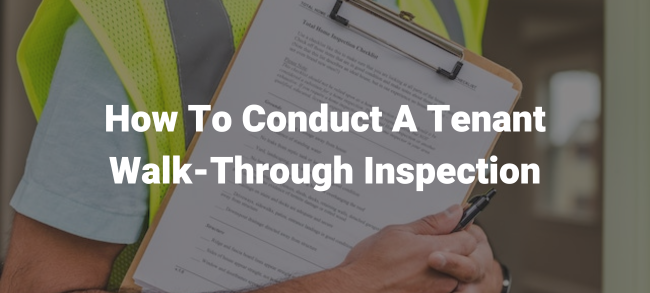8 Key Clauses to Include in Your Tampa Lease Agreement
A detailed lease agreement is important for both landlords and renters in Tampa. When it contains the right terms, it can help minimize headaches down the road. The more thorough it is, the better.
Remember, you cannot penalize your tenant for something that they don’t know about. For example, without outlawing subleasing, your tenant may do it when you aren’t looking.
In today’s article, we are going to take a look at some of the key items every landlord in Tampa should include in their lease or rental agreement.
1. Lease Term
This is the period of time the lease or rental agreement will be legally enforceable. It’s usually expressed in terms of months or years, depending on the type of agreement it is.
Speaking of type of agreements, there are generally two types of agreements: a rental and a lease agreement. A rental agreement usually runs month-to-month, whereas a lease agreement is for a longer period of time, generally, it runs anywhere from six months to a year.
Once the specified period ends, the tenant must either move out or renew the agreement for another term.
2. Names of Tenants
You should also remember to include all the names of all adult tenants, married or unmarried, in your lease agreement.
This will help make them all legally responsible for all lease terms, including paying rent. You will also be able to evict them should any of them seriously violate the terms of the lease agreement.
3. Occupancy Limits
This is yet another clause that you shouldn’t forget to include in your Tampa rental agreement. If you allow subletting of your rental property, ensure that your tenants know of any rules you may have.
For example, state that it’ll be illegal for anyone to live in your property without your permission.
With this clause, it signifies that you’ll now have the right to evict anyone living in your property without your permission.
4. Pet Rules
Do you allow pets in your Tampa rental property? If so, then make sure that your tenant knows about any restrictions that you may have. For example, you can let your tenant know that certain breeds and types of pets are not allowed.
You can also let your tenant know about any extra fees or deposits that they may be required to pay for their pet.
If you don’t allow pets, then ensure to let your tenant know as well. Not allowing pets into your property can, however, limit your ability to find tenants. This is because a huge portion of U.S. renters own a pet.
5. Liability
Do you have multiple tenants on the same lease? If so, then you need to have a ‘joint and several’ liability clause. This would mean that each party is jointly and individually responsible for abiding by the terms of the lease.
This would consequently hold other tenants accountable for abiding by the terms of the lease.
Suppose you have 3 roommates on the lease, and you charge $3,000 as rent per month. Likewise to the case with roommates, it would mean that each tenant pays $1,000 after splitting the rent.
Now, suppose that one of the tenants, for whatever reason, defaults on paying rent. Who would become liable for the $1,000? With the ‘joint and several’ liability clause, it would mean that the other two would be held liable.
This means that they would each have to pay $1,500 in order to prevent the group from violating the lease.
6. Use of Premises
This may sound obvious, but it’s not to be forgotten. Without stating the use of the premises, some tenants can take it for granted and use it for other purposes. You might, for instance, want to say that the property can only be used for residential purposes.
By saying so, you’ll be preventing someone from using it to run a business out of your property.
By the same token, you can include a clause that says whether or not a tenant can list it on home-sharing platforms like VRBO, HomeAway, and Airbnb.
7. Rent Rules
Don’t just state what the rent amount is. You also want to take the time to mention some important details about the rent rules. Such details include:
- The due date: This is frequently the first day of the month.
- Forms of payment accepted: Good examples include money order, credit cards, direct deposit, and online payments.
- Late fee: You should also state the amount of late fee, if applicable.
You may also want to include a clause regarding your ability to increase the rent. Click here to learn about the Florida rental laws regarding raising the rent.
8. Security Deposit
If you have been a landlord for a while, then you know that security deposits can be a source of conflict between a tenant and a landlord.
A tenant may think that they have returned the property in good condition, but you may disagree. A conflict may then ensue.
The only way to avoid potential conflicts and misunderstandings is by being clear on things like:
- The use and return of a tenant’s security deposit
- The conditions a tenant must meet for it to be returned
- Any non-refundable fees you may have
These are 8 key clauses every landlord in Tampa should include in their lease agreement. With that said, this content is only meant for educational purposes. For more help, please consider hiring professional assistance.












